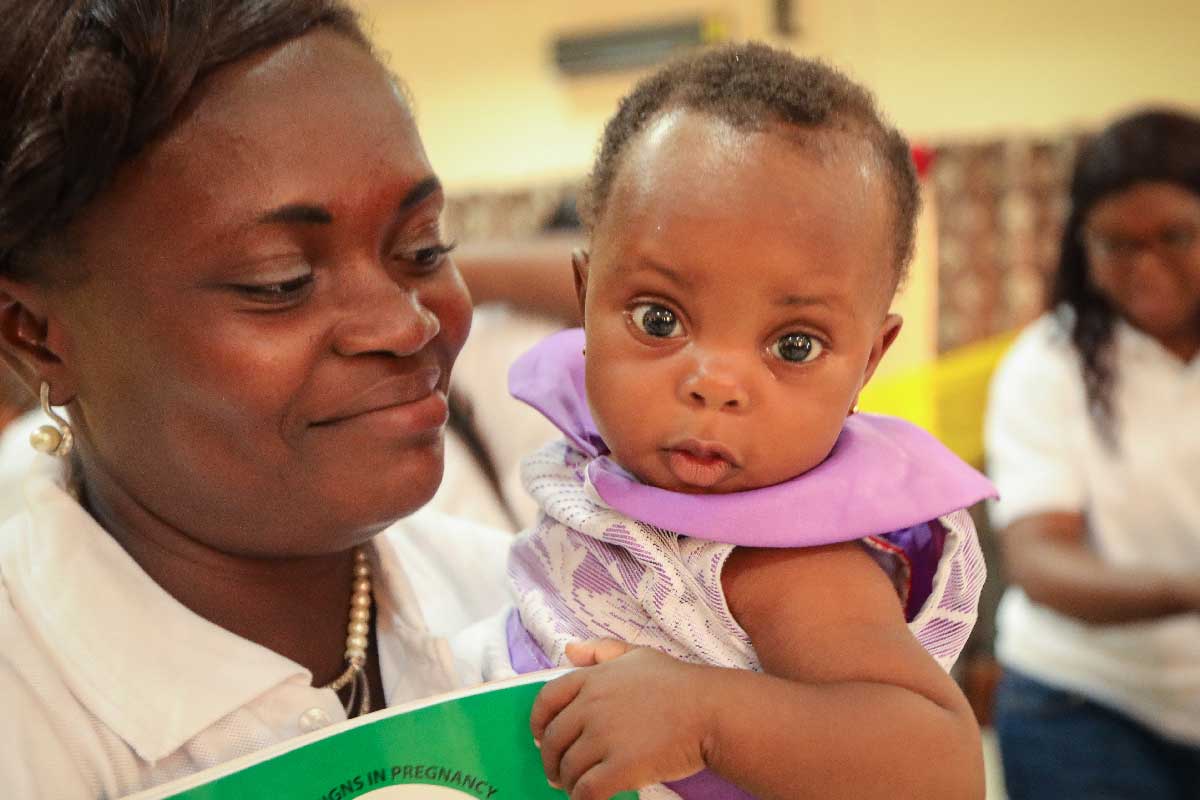Adverse events following immunisation: what are they, and when are they cause for concern?
A successful vaccine produces the best possible immune response, whilst keeping side effects to a minimum. When adverse events following immunisation (AEFIs) do occur, it is important that they are reported, especially if they are serious, even if they are unlikely to have been caused by the vaccine itself. This ongoing surveillance is essential to ensure vaccine safety.
- 11 November 2020
- 5 min read
- by Linda Geddes

Adverse events can be a major source of public concern, particularly with new vaccines such as those currently undergoing clinical trials to combat COVID-19. Even when a vaccine is licensed, it is important to continue monitoring its safety to identify any rare side effects which may not have been detected during clinical trials because they weren’t large enough to do so.
What sorts of adverse events can occur?
AEFIs can range from minor side effects to more severe, or even life-threatening reactions. Importantly, they should be reported to health workers or the local AEFI surveillance system regardless of whether the vaccine itself triggered the event.
AEFIs can be divided into five broad categories:
- Vaccine-product related: where a component of the vaccine triggers an adverse reaction.
- Vaccine quality related: where the event is related to a problem with the manufacturing process, for example, if a batch of vaccine becomes contaminated, or a manufacturer loads it into faulty syringes.
- Immunisation-error related: where the reaction is caused by inappropriate handling, prescription or administration of the vaccine, for example, if it is injected into the wrong body part or the vaccine accidentally freezes during transportation.
- Immunisation stress-related: where the adverse event is related to a fear of being injected. This can result in physical responses, such as fainting, dizziness, tingling in the hands or around the mouth, vomiting, or even convulsions.
- Coincidental: where an adverse event has nothing to do with the vaccine or any of the above, but it occurs soon after vaccination and so may be attributed to it, nonetheless.
Careful investigation of adverse events following immunisation can help determine if a vaccine actually caused the problem. Investigators will often look to known background rates of, for example, seizures, sudden deaths or spontaneous abortions within a population, to determine whether there has been an increase in cases among vaccinated individuals. For instance, the World Health Organization has estimated that each year in Australia, there are likely to be eleven coincidental infant deaths the day after vaccination. It stresses that most severe AEFIs are not reactions to the vaccines themselves, but either coincidental events or ones related to anxieties about being vaccinated.
A serious event is NOT the same as a severe event
Although we often use the words ‘serious’ and ‘severe’ interchangeably in everyday conversations, it is important to distinguish between them in the context of vaccine safety. A serious adverse event or reaction is a regulatory term, describing life-threatening events, those resulting in death, hospitalisation (or an existing hospital stay being lengthened) or persistent or significant disability/incapacity.
A severe reaction is a broader, non-regulatory term, including serious reactions, but also other reactions which, although severe, are rarely life threatening and do not usually result in long-term problems, such as allergic reactions or seizures.
Vaccines may also trigger minor adverse reactions, such as fever, irritability, or localised pain and swelling at the injection site. This may be a response to the vaccine itself, or to other components like adjuvants, stabilisers, and preservatives. They usually appear within a day or so of vaccination and disappear soon afterwards.
How are adverse events reported?
Vaccines are only licensed if the incidence of severe adverse reactions is considered very rare, based on safety data gathered during clinical trials. However, during global health emergencies like the COVID-19 pandemic, licensing may occur when only limited safety data is available, making AEFI surveillance even more essential.
Many health workers are trained to report any AEFIs which they, or the parent of a vaccinated child, is concerned about – but particularly serious AEFIs; those associated with newly introduced vaccines, or immunisation errors; any significant unexplained AEFI occurring within 30 days of vaccination; those causing significant parental or community concern; or any swelling, redness or soreness lasting for more than three days, or which extends beyond the joint into which the vaccine was injected.
Most countries have their own AEFI surveillance systems, which are usually linked to the government department responsible for overseeing vaccination programmes, the national regulatory authority, relevant academic institutions, as well as the vaccine manufacturers themselves. For example, AEFIs in the United States can be reported to the Vaccine Adverse Event Reporting System (VAERS). Such AEFI surveillance systems also include independent review committees composed of, for example, paediatricians, epidemiologists, immunologists and microbiologists, whose job it is to examine serious and unusual AEFIs, and recommend any further investigation or corrective action they deem necessary, as well as communicating their findings to the public. In addition to helping ensure vaccines are safe, such corrective action and communication can also help maintain public trust in immunisation programmes.
International collaboration is also essential to ensure data about AEFIs is shared, and that extremely rare side effects are also identified, so that a proper risk benefit analysis of any vaccination programme can be carried out.








